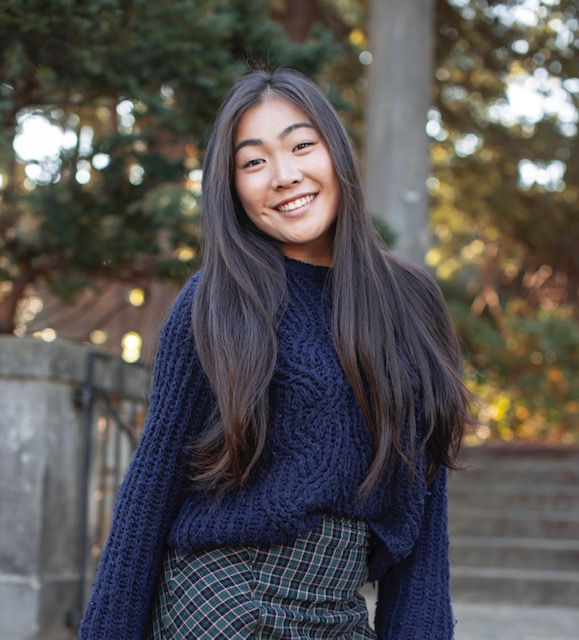Spreading Awareness of the Racial Disparity of Breast Cancer Among Asian-American Women
- Surviving Breast Cancer
- Aug 7, 2022
- 3 min read
By Hanah Kurosawa
This is my first blog in my social outreach campaign focusing on racial disparities in breast cancer rates among Asian American women. I would like to start with a quick introduction.

My name is Hanah Kurosawa and I am a senior at the University of Michigan studying biochemistry with a minor in the sociology of health and medicine. Outside of school, I am a volunteer tutor for The Education Project and an undergraduate research assistant at the University of Michigan School of Dentistry. I am passionate about medicine and am aspiring to become a future health practitioner. I am also very interested in the sociological aspect of health and well-being in the United States and globally.
There are several disparities in the medical field in the United States today. Those disparities can be rooted in race, socioeconomic status, sexuality, and many other factors. Sociological factors play an instrumental role in determining a person’s access to healthcare, the quality of care they receive, and ultimately their well-being. One striking example of such disparity that I am focusing on in this blog is breast cancer rates among Asian-American women.
As reported by Grace Hwang Lynch in her NBC News article, the steady increase over the past two decades in breast cancer rates among Asian-American women greatly contrast the stabilized rates in other racial groups. The article also mentions findings from research done at the Cancer Prevention Institute of California (CPIC) on breast cancer trends among women in the San Francisco Bay Area from seven different Asian-American groups from 1998 to 2013, that the groups that showed the most dramatic increases in breast cancer rates included South Asian (Indian and Pakistani), Vietnamese, and Southeast Asian (Cambodian, Laotians, Hmong, and Thai). Additionally, CPIC also reported that women of Filipino, Korean, and South Asian descent tend to be diagnosed with breast cancer at more advanced stages. Finally, the news article also highlights CPIC’s findings that Asian-American women may be prone to a more aggressive subtype of breast cancer, the HER2-Neu protein, than other racial groups.

Factors that could be influential in these trends are lifestyle changes associated with immigration, the baseless belief prevalent among health practitioners that Asian women are less likely to get breast cancer, and the burden of daily physical needs that are experienced more among Asian-American and Pacific Islander women than the general population. In addition, both the NBC News article and Cancer Support Community blog written by Jenny Park mention that the stigma around the discussion about breast cancer remains very prevalent in the Asian-American community; women find difficulty in talking about it and consequently do not receive the support that they need. Park’s blog also mentions results from research done by the Asian-American Health Initiative that found cancer to be the leading cause of death only among the Asian-American population, which correlates with also having the lowest rate of breast cancer screenings and late diagnoses.
As an Asian-American woman myself, I have seen and experienced the cultural differences in how health is perceived and discussed. Without addressing the misconceptions and barriers that arise from the differences in culture, the disparity in breast cancer rates among Asian-American women will only become exacerbated. Educating women who do not realize the cultural misconceptions or the resources accessible to them is a step in the right direction towards dismantling the health disparity.
















